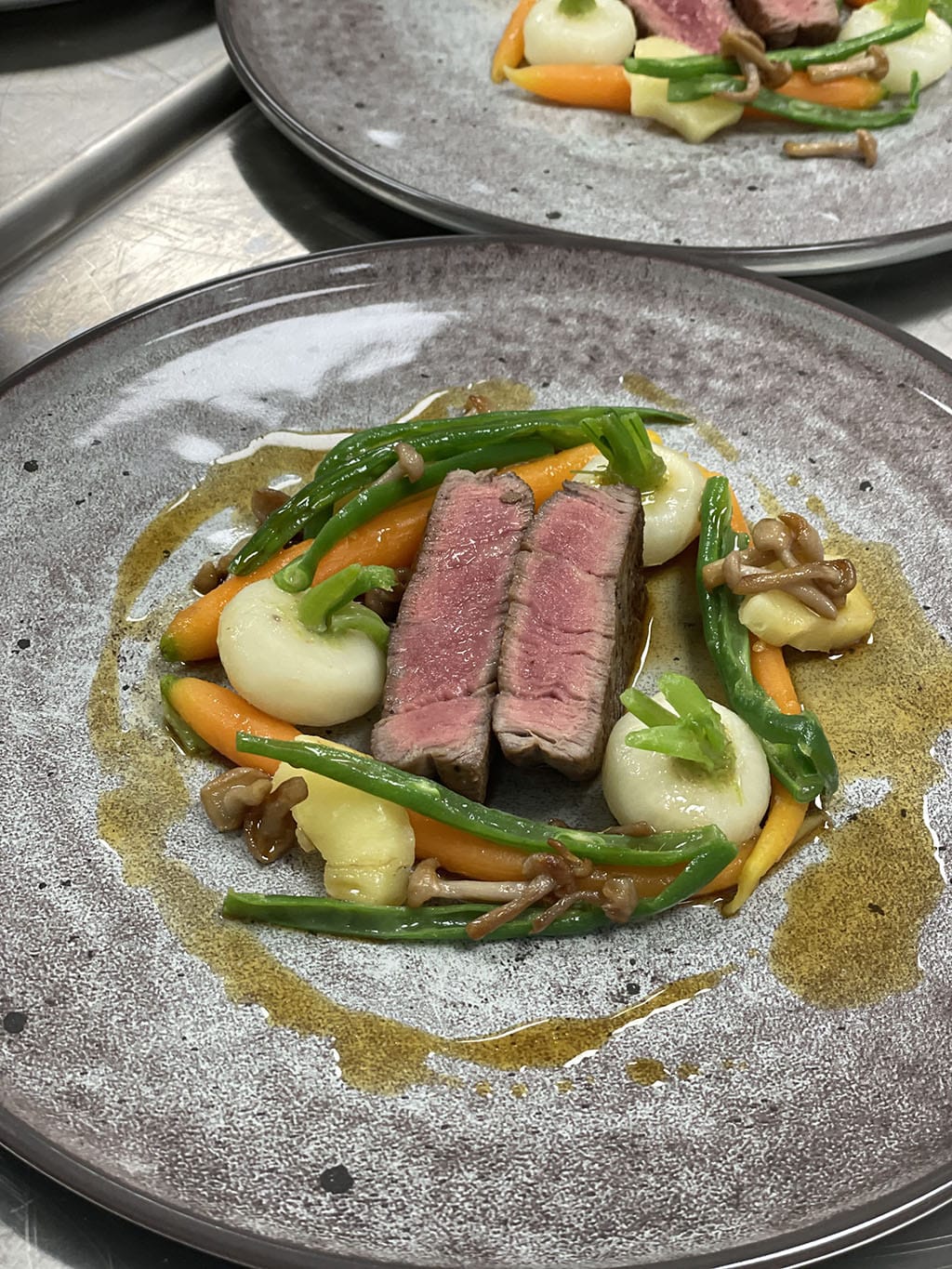It is with great trepidation that I embark on a short series of articles covering sauces. This endeavour engulfs me in excitement, anxiety and responsibility at the same time, a cocktail of emotions that I usually experience when making a sauce.
But perhaps writing about it is very similar to making one: it is impossible to devote too much time and attention to its preparation, but one wrong move can spoil everything.
The importance and the sheer magnitude of sauces as a category is tremendous. To say the least, they occupy over 40 pages and constitute 280 entries in an Escoffier (2011) publication, and that only covers the French cuisine.
Flipping through its pages, I can’t stop but notice the poetry in the sauce names. Often called after people or places, sauces reflect the culinary traditions of their time.
In this way, in 200BC, Romans tried to disguise the freshness of ingredients with a sauce called garum. It was a fish sauce based on fermented anchovies (and other fish products) and it was served with the main dish, which could be of any kind.

At the same time, the culinary notes of Apicius around the fourth century suggested that the sauces also utilised herbs, spices, wine, honey and eggs. In fact, the word ‘sauce’ is often attributed to Romans. It derives from the Latin word salsus, which means ‘salt’ or ‘salty’, exactly the kind of flavouring that was sought when making a sauce in that era.
During the Middle Ages, the most revered sauces were the acidic ones. In their preparation, the acidity came from the wine, vinegar or verjuice (the juice obtained from pressing unripe green grapes), and the body was an outcome of using breadcrumbs as thickening.
In the 17th century, the culinary tradition saw the rise of butter, flour and cream which manifested itself in the invention of a new thickening agent, the glorious roux.
Roux is a mixture of flour and fat, and it is a venerated sauce agent. Though some say that the current-day gastronomy favours emulsions (the combination of two liquids that are usually nonsoluble, like oil and vinegar), there are several types of roux, white, blond and brown, all of which have their own unique application in today’s kitchen.
France has become the epitome of sauce-making, and its many creations – named after dignitaries such as Louis de Béchameil, Philippe de Mornay and Prince Soubise – are the classics of the restaurant repertoires.

To a great extent, the structure and classification of the field of sauces, and the French gastronomy in general, is attributed to Antonin Carême, a chef and pâtissier of the 18th-19th century. Having cooked for Napoleon Bonaparte, Alexander I and George IV, he was quite possibly the first celebrity chef known to the world.
Carême forged the art of French haute cuisine and, through his manuals, Le pâtissier royal parisien and L‘art de la cuisine Française au dix-neuvième siècle (completed after his death), he collected recipes and systematised its principles.
On the subject of sauces, Carême coined the notion of “mother sauces”, a group of sauces which serves as foundations of other preparations. In his view, it included béchamel, velouté, espagnole and allemande.
About 100 years later, Escoffier reclassified allemande as a variation of velouté, and added sauce tomat and hollandaise to the mix. These are the current five mother sauces that we know today.
Undoubtedly, sauces form a part of many culinary traditions. Soya sauce has been used in Asia for centuries. In India, a spicy, thickened sauce that we now call curry has also been around for years. Mexican salsa is a fabulous sauce, too, that can make any dish zing.
However, it is France that elevates sauce-making to an art form. For these reasons, I propose that we focus on the French tradition as a subject for our upcoming conversations. Tune in to learn more about the classification of sauces, their flavours and application in the coming weeks.
All the pictures in this publication were taken during the French cuisine masterclass by Chef Patrick Bertron of La Relais Bernard Loiseau.
By Dr. Irina Mikhailava
|| features@algarveresident.com
Dr. Irina Mikhailava, a chef and a good food champion, happily residing in the Algarve and eating all over the world with an appetite for learning, sharing and writing. Instagram: incompanyoffood




















